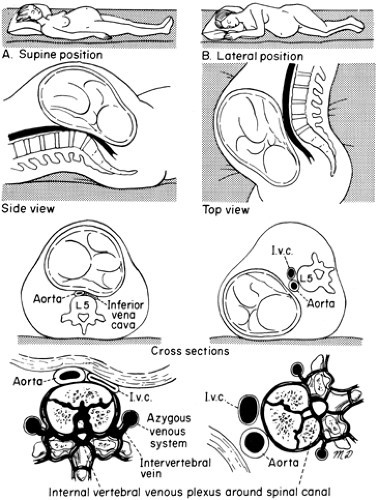A nurse is preparing to administer haloperidol 0.5 mg by mouth to an older adult client. The amount available is haloperidol oral concentrate 2 mg/mL. How many mL should the nurse administer?
(Round the answer to the nearest hundredth. Use a leading zero if it applies. Do not use a trailing zero.)
The Correct Answer is ["0.25"]
To calculate the amount of haloperidol oral concentrate the nurse should administer, we can use the following equation:
Volume (mL) = Dose (mg) / Concentration (mg/mL)
In this case, the dose is 0.5 mg and the concentration of the haloperidol oral concentrate is 2 mg/mL.
Volume (mL) = 0.5 mg / 2 mg/mL
Volume (mL) = 0.25 mL
Nursing Test Bank
Naxlex Comprehensive Predictor Exams
Related Questions
Correct Answer is B
Explanation
Valid and reliable health information sources should provide references or citations to support the information they present. This demonstrates that the information is based on evidence and has been reviewed by experts in the field. It allows readers to verify the accuracy and reliability of the information by referring to the cited sources.
The author's name listed without credentials does not provide information about the author's expertise or qualifications. It is important to assess the author's credentials and expertise to determine their credibility.
The website URL being listed as .com does not provide information about the accuracy or reliability of the content. Different types of websites, such as .org or .gov, can also contain credible health information.
The website being last updated 3 years ago raises concerns about the currency and relevance of the information. Health information can quickly evolve, and it is important to access up-to-date resources.
Correct Answer is B
Explanation
The client's symptoms of feeling dizzy, having a racing heart, and becoming pale while lying on their back are consistent with supine hypotension syndrome, also known as vena cava syndrome. This occurs when the weight of the uterus compresses the inferior vena cava, reducing blood flow and causing symptoms.
To address this issue, the nurse should Position the client on their left side. Lying on the left side helps relieve the pressure on the inferior vena cava and improves blood flow. This can alleviate the symptoms and prevent further complications.

Instructing the client to take a brisk walk is not appropriate in this situation, as it may exacerbate the symptoms by increasing heart rate and potentially causing further dizziness or fainting. Checking the client's temperature is not necessary in relation to these symptoms, as they are not indicative of a fever or infection.
Providing the client with a glass of orange juice may be helpful in some situations, such as if the client is experiencing hypoglycemia. However, in this case, the symptoms are likely due to supine hypotension syndrome, and repositioning the client is the priority intervention.
Whether you are a student looking to ace your exams or a practicing nurse seeking to enhance your expertise , our nursing education contents will empower you with the confidence and competence to make a difference in the lives of patients and become a respected leader in the healthcare field.
Visit Naxlex, invest in your future and unlock endless possibilities with our unparalleled nursing education contents today
Report Wrong Answer on the Current Question
Do you disagree with the answer? If yes, what is your expected answer? Explain.
Kindly be descriptive with the issue you are facing.
